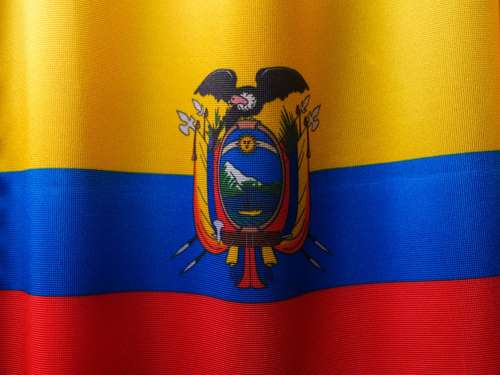Recently, mysterious white blobs have been washing up on the beaches of Newfoundland.
These blobs were first reported in early September 2024 along the southern tip of Newfoundland, particularly around Placentia Bay and beaches including Shoal Cove, Barasway Beach, and Gooseberry Cove.
Described as ‘doughy and resembling poorly made bread,’ the blobs are of different sizes, some the size of a small coin to a dinner plate size with the largest as large as 15 cm (6 inches) in diameter.
How Were These Mysterious White Blobs Found?
Not far from the beaches of Ship Cove, there is an environmentalist called Stan Tobin, who was one of the earliest witnesses to the strange matter. At first, it appeared to him that it was in the form of Styrofoam, but he then found, to his amazement, many such lumps lined along the shore.
“It's like someone tried to bake bread and did a lousy job,” he was quoted. He added that they also have an 'oil sort of smell'.
What Are The Mysterious White Blobs?
One user on Facebook said they looked like sour dough used to create the regional fried dough delicacy 'toutons' from Newfoundland.
Some said they were fungus or mold, others believed they were made from palm oil, paraffin wax or even ambergris - a rare and valuable substance produced by whales and used in the perfume industry.
However, a spokesperson for Environment and Climate Change Canada confirmed that the blobs were neither related to oil spills nor any form of known biological substance.
A marine ecologist at DFO also identified that the blobs did not develop sea sponges or any other organic species. "We are fairly certain that the mystery substance... is not a sea sponge," Wells made her statement describing the blobs.
“The glob or the goo or whatever it is, we don't think it's a sponge because there have been people lighting it on fire and it burns.”
“We figure there must be some type of oil in there.”
The Canadian Coast Guard has also conducted field investigations and even collected samples; however, the origin and nature of the blobs have still yet to be discovered.
Samantha Bayard, a spokesperson from Environment and Climate Change Canada, raised the possibility of criminal involvement in the blobs: “If enforcement officers find evidence of a possible violation of federal environmental legislation, they will take appropriate action in accordance with the applicable compliance and enforcement policy.”
Nadine Wells, section head of the marine ecological research group at DFO's Northwest Atlantic Fisheries Centre in St. John said: “We're trying to do our best to do our work and get the answer. Until that point it's hard for us to say exactly what it is”.
'It's really mysterious – something we've never seen before, and we have no idea what it is.’
Closing Notes
As further tests might take up to a month, authorities are requesting beachgoers to notify them for any additional appearances of the blobs. Appreciating the fact, the puzzle persists to intrigue the natives who, just like the Internauts, are patiently waiting for a clarifying report.




